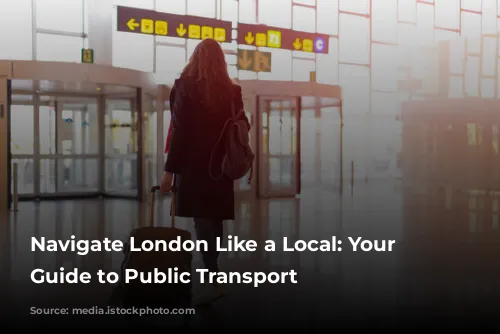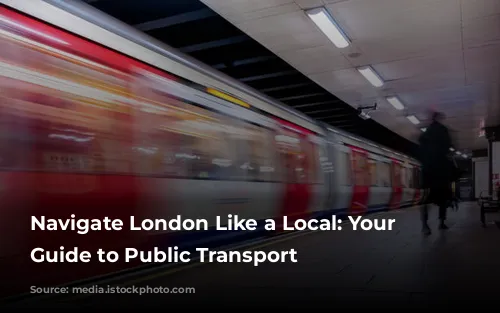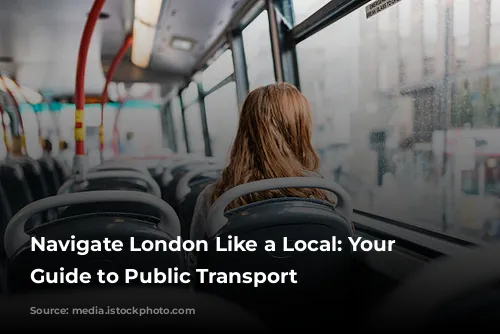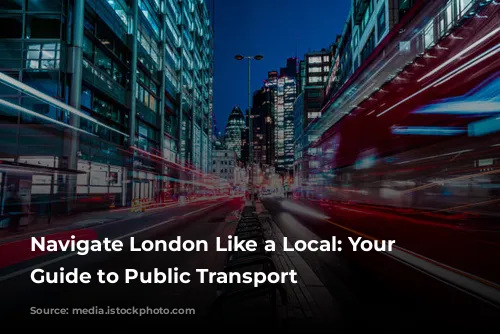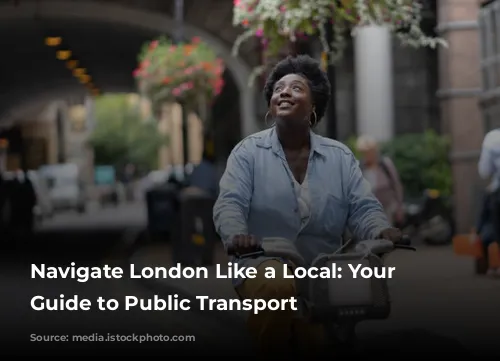Getting around London can be a breeze with the right information. Forget about navigating complex maps and confusing schedules – let’s make your London adventures simple and affordable!
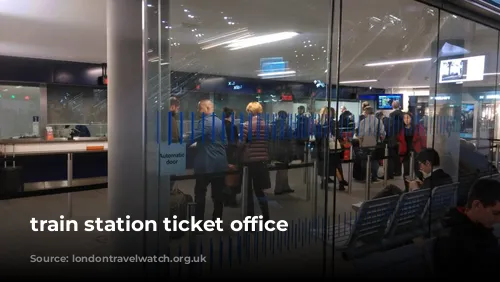
Journey Planning Made Easy:
Planning your journey in London is easier than you think! Websites like National Rail Enquiries and TfL (Transport for London) offer user-friendly journey planners that help you get from point A to point B with ease.
TfL’s journey planner is particularly helpful, as it allows you to compare different travel modes and even check fares for each option. This way, you can choose the most convenient and cost-effective way to travel.
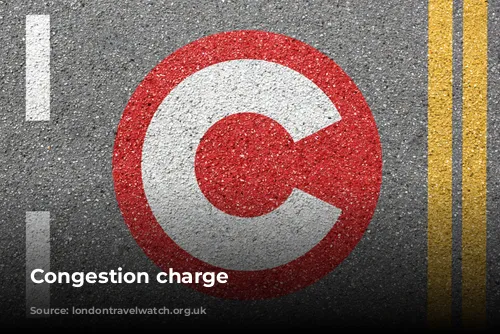
Travel Like a Londoner: Oyster & Contactless
For most Londoners, the most affordable way to travel is by using an Oyster card or contactless payment card. These convenient methods are accepted on various transport options, including buses, Tubes (subway), trams, trains, DLR (Docklands Light Railway), and even some river services.
If you’re coming from outside London, using an Oyster card is generally cheaper than relying on contactless payments. The convenience of an Oyster card doesn’t stop there! It allows you to take advantage of capping, which effectively limits your daily or weekly travel expenses.
Once you reach your capped limit, all your subsequent journeys for that day or week are FREE. You can find detailed information on capping directly on our website.
Ready for a comparison? Here are some examples of the savings you can make by using an Oyster card or contactless payment card instead of paper tickets:
- The Hopper Fare allows you to travel unlimited times on buses and trams within one hour for just £1.75.
You can also use a contactless payment card for many transportation services in London, including buses, the Tube, trams, DLR, London Overground, and most National Rail services.
Contactless payment offers many benefits:
- It automatically applies the same Pay As You Go fares as Oyster.
- It allows you to benefit from monthly, daily, and even weekly caps.
- It’s a great backup if you happen to run out of credit on your Oyster card, lose your Oyster card, or simply forget it.
Contactless payment is a fantastic option for visitors to London, offering the same advantages as an Oyster card. You can find even more information on contactless payments on the TfL website.

Explore London On Foot: Guided Walks & Maps
London is a city best explored on foot! TfL and Walk London offer free guided walking tours led by experienced guides. You can book these exciting adventures on the Walk London website.
The TfL website also provides comprehensive information about walking in London. This includes their unique Walking Tube maps, which highlight underground walking routes that can save you time and energy.
These maps are especially helpful for navigating London’s bustling underground system. So, lace up your walking shoes and discover hidden gems while exploring London on foot!

London’s Pedal Power: Santander Cycles
Want to experience London like a true local? Rent a Santander Cycle! You can hop on one for as little as £1.65 by simply using your bank card at any docking station.
For frequent cyclists, consider registering for a Santander Cycle membership to save money. The TfL website also offers helpful information for cyclists, including free route maps and cycle guides.
Looking for extra bike safety tips? Check out the Best Bike Lock blog written by cycling enthusiast Henry Clark. He offers valuable insights and practical advice on keeping your bike safe and secure.
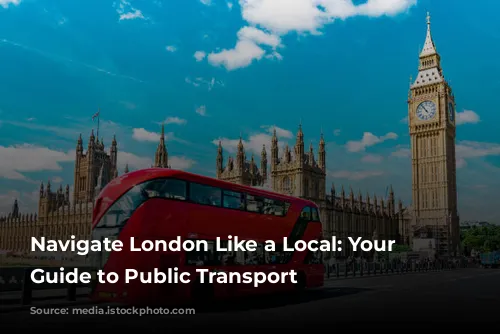
Travelcards: A Convenient Option for Frequent Travelers
Travelcards provide unlimited travel within designated zones. The prices vary depending on the zones included.
Here’s a breakdown of the cheapest Travelcard option:
- Off-peak day travel (after 9.30 am Monday to Friday and all weekend): £15.20 for zones 1-6 and £21.50 peak.
Using Oyster Pay As You Go ensures you never pay more than the Travelcard price and often pay less. However, Travelcards are not available for all zone combinations. You can compare caps and Travelcard prices directly on the TfL website.
If you have a Zone 1-3 Travelcard and need to travel outside those zones during peak hours, consider breaking your journey in Zone 1. This can help you avoid paying the maximum peak Oyster fare for the extended part of your journey.
Here’s an example:
- Traveling from Harrow on the Hill (Zone 5) to Farringdon between 4-7 pm would cost you the off-peak Oyster fare.
- But, traveling from Harrow on the Hill to Herne Hill via Farringdon would result in paying the peak Oyster fare.
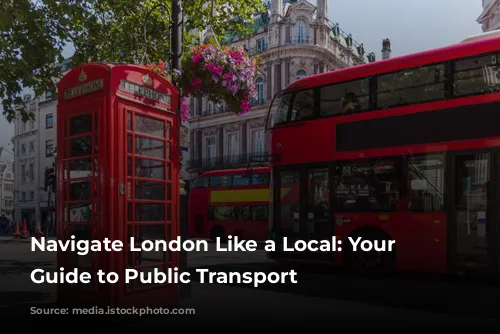
Navigating Outside Your Travelcard Zone
When traveling outside your Travelcard zone, make sure to purchase an extension ticket from the ticket office or ticket machine. This is cheaper than buying individual tickets for the portion of your journey outside your Travelcard zone.
If your final destination is still within the Oyster area, remember to top up your Oyster card with sufficient Pay As You Go credit before you travel. It’s also crucial to always touch in at the start of your journey and touch out at the end, even if part of your journey is covered by your Travelcard. This prevents you from being charged a maximum fare, penalty fare, or even facing legal consequences.
A quick reminder about Oyster card credit:
- When adding credit to your Oyster card, touch it twice.
- The first touch identifies the type of card, and the second is after you’ve selected the amount of credit you want to add.
- Failure to touch the card twice can lead to losing the money you paid or having money deducted from your credit/debit card without it being added to your Oyster card.

Unlocking Lower Fares with Pink Card Readers
If you’re traveling across London but not through Zone 1, you might encounter a pink card reader when changing trains. Be sure to touch your card on the pink reader.
These pink readers are present at some Tube and London Overground stations. Using a pink reader instead of a standard yellow Oyster/Contactless card reader ensures you pay a cheaper fare, as the system recognizes that you didn’t travel through Zone 1.
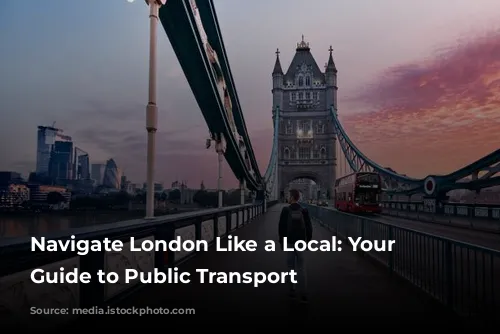
Congestion Charge & ULEZ: Important Reminders
London has implemented a Congestion Charge to reduce traffic congestion within the city center. This charge is £15.00 per day for driving a vehicle within the designated charging zone.
Here’s a breakdown of when the charge applies:
- Monday to Friday: 7:00 am to 6:00 pm
- Saturday, Sunday, and Bank Holiday Mondays: 12:00 pm to 6:00 pm
- It operates every day of the year except between Christmas Day and New Year’s Day bank holiday (inclusive).
The easiest way to pay is by setting up Auto Pay. Exemptions and discounts are also available.
Remember that the Congestion Charge and the ULEZ (Ultra Low Emission Zone) charge are separate. Many drivers need to pay both charges to drive into London.
The ULEZ now operates 24 hours a day, 7 days a week, every day of the year except Christmas Day. The zone now covers all areas inside the North and South Circular Roads.
Important Note: The North Circular (A406) and South Circular (A205) roads are NOT within the ULEZ zone.
Most vehicles, including cars and vans, must meet ULEZ emissions standards or their drivers must pay a daily charge to drive within the zone.
Here are the daily charges:
- Most vehicles (cars, motorcycles, vans up to 3.5 tonnes): £12.50
- Heavier vehicles (lorries over 3.5 tonnes, buses/coaches over 5 tonnes): £100
Check your vehicle and its emissions standards to determine if you need to pay the ULEZ charge. Stay informed and travel responsibly.
With these tips, you can confidently navigate London’s public transport system, explore the city on foot or by bike, and avoid unnecessary costs. London is a vibrant city brimming with exciting experiences, and we want you to enjoy it to the fullest!
